Nikola Tesla was born in 1856 in Smiljan, Croatia, which was then part of the Austro-Hungarian Empire. His father was a priest, and his mother was an inventor in her own right. Tesla’s interest in science and technology began at a young age and was particularly interested in electricity.
Tesla received formal education in Karlstadt, Austria (Gymnasium) and later studied at the Austrian Polytechnic in Graz. After graduation, he worked as an assistant to a professor of electrical engineering. Early in his career, Tesla worked for the telegraph company in Budapest, where he developed the first telephone repeater, or amplifier, which improved the quality of long-distance telephone calls.
In 1884, Tesla immigrated to the United States, where he initially worked as an assistant to inventor and businessman Thomas Edison. However, the two men had a falling out due to their differing views on direct current (DC) and alternating current (AC) electricity.
In 1887, Tesla discovered the rotating magnetic field, which is the principle behind the AC motor and is still used in electrical systems today. He was granted patents for this invention in 1888.
In 1891, Tesla began working for the Westinghouse Electric Company. He was able to use the financial resources of the company to further develop and promote his AC system, which ultimately became the dominant system for the generation and distribution of electricity.
In the 1890s, Tesla conducted several experiments in wireless communication, including the transmission of radio signals. He also worked on the development of X-ray technology.
In 1899, Tesla established a laboratory in Colorado Springs where he conducted experiments on high-voltage and high-frequency electrical power. He made several important discoveries during this time, including the existence of atmospheric electricity.
In the early 1900s, Tesla continued to work on wireless power transmission and developed a number of ideas and inventions related to this field, but he was never able to secure funding to fully develop his ideas.
Despite these achievements, Tesla struggled to gain recognition for his work during his lifetime. He was often overshadowed by his rival, Thomas Edison, who promoted direct current (DC) technology and actively worked to undermine Tesla’s AC system. Additionally, Tesla’s eccentric personality and tendency to make grandiose claims about his inventions may have also contributed to his lack of recognition. Tesla also filed more than 300 patents worldwide for his inventions. Most patents were related to electrical and mechanical engineering, but some were for other fields such as robotics, guided missiles and aircraft, and remote control. In later years, Tesla’s financial situation became increasingly difficult and he was forced to sell many of his patents. He spent much of his time working on theoretical and speculative projects, such as the development of a “death ray” weapon.
Tesla’s later years were marked by financial difficulties, and he could never fully capitalize on his inventions. He also had several personal eccentricities and quirks, such as a fear of germs and an obsession with the number three. Additionally, Some of Tesla’s ideas and inventions, such as wireless power transmission, were ahead of their time and were not fully realized during his lifetime. After Westinghouse, he started working on wireless power transmission but could not find any investors. Tesla’s financial situation became increasingly difficult, forcing him to sell many of his patents. He spent much of his time working on theoretical and speculative projects, such as the development of a “death ray” weapon. Tesla died in New York City in 1943 at the age of 86. He had been living in relative obscurity for many years and had very little money at the time of his death. However, in recent years, there has been renewed interest in his life and work and he is now widely recognized as one of the most important inventors of the 20th century.
Tesla’s life was marked by both great accomplishments and significant challenges. Despite his lack of recognition during his lifetime, his contributions to the field of electrical engineering and technology continue to be highly regarded today.










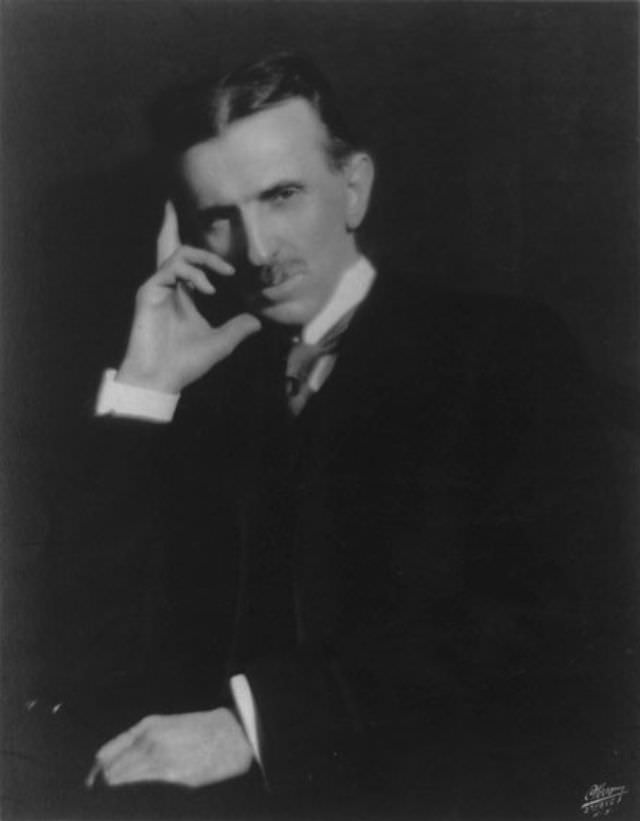




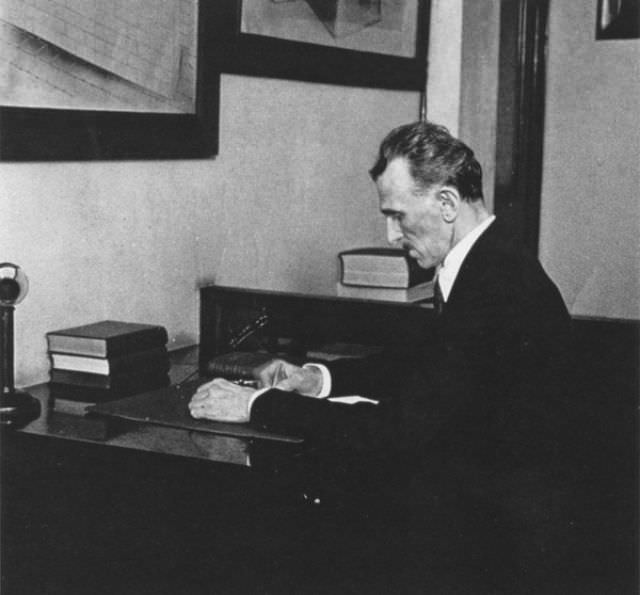






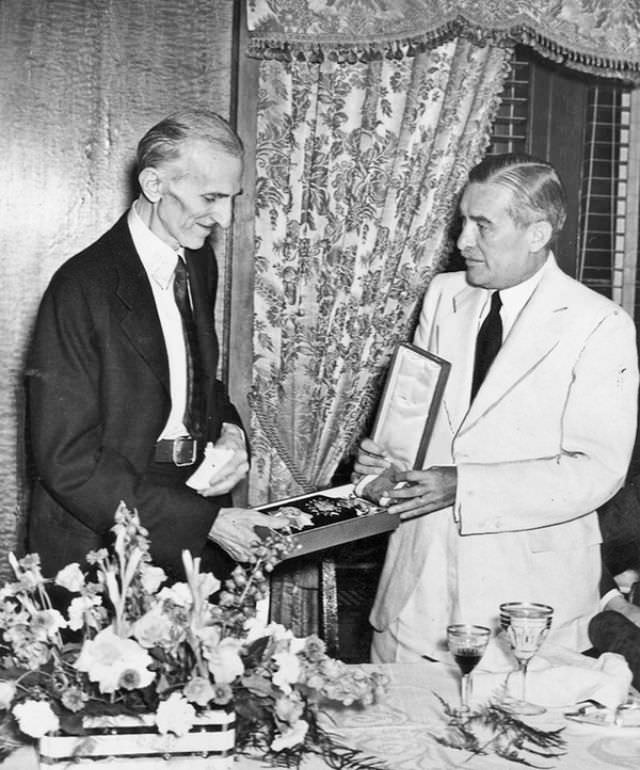

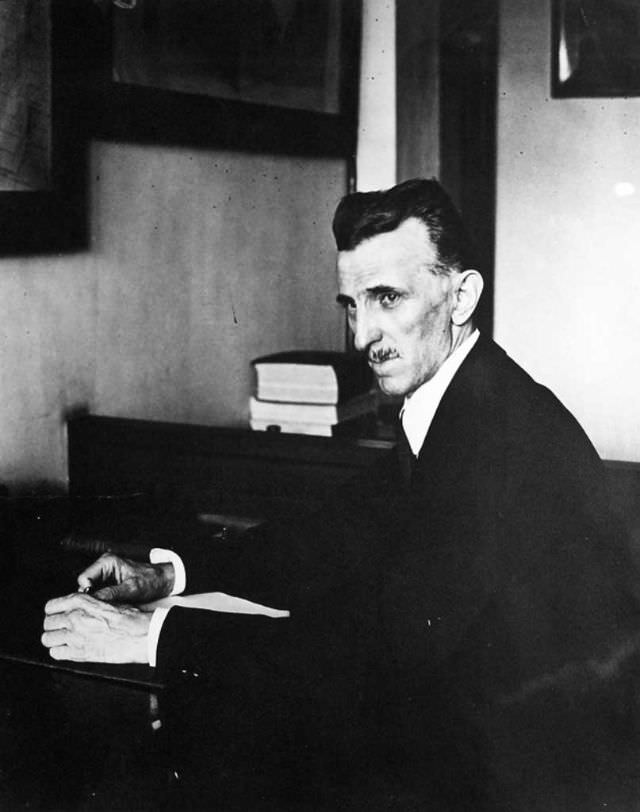
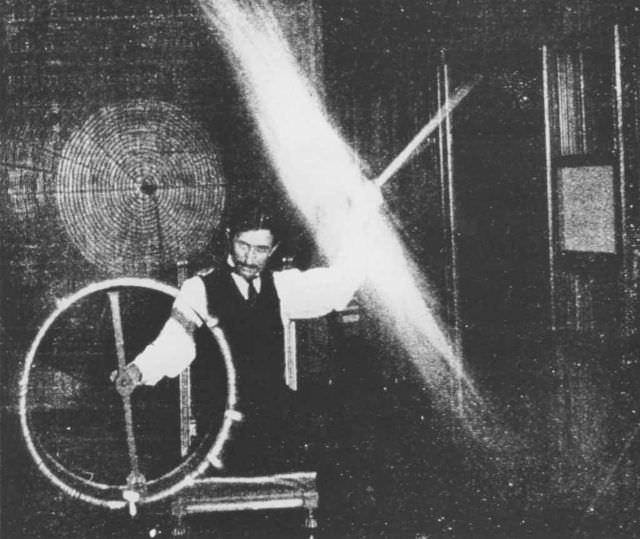

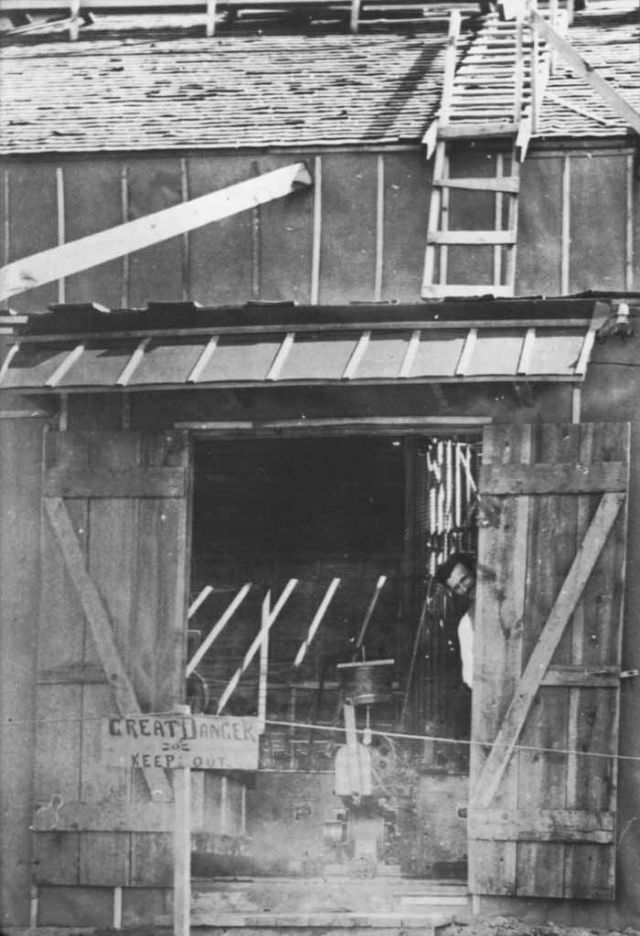
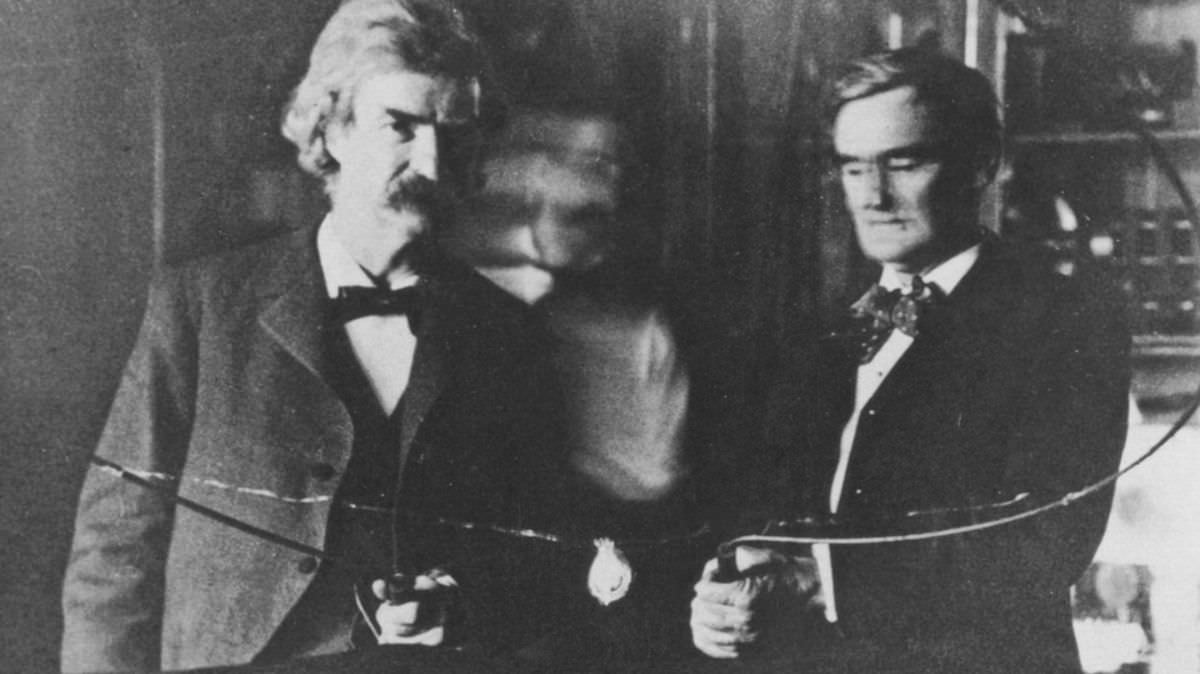
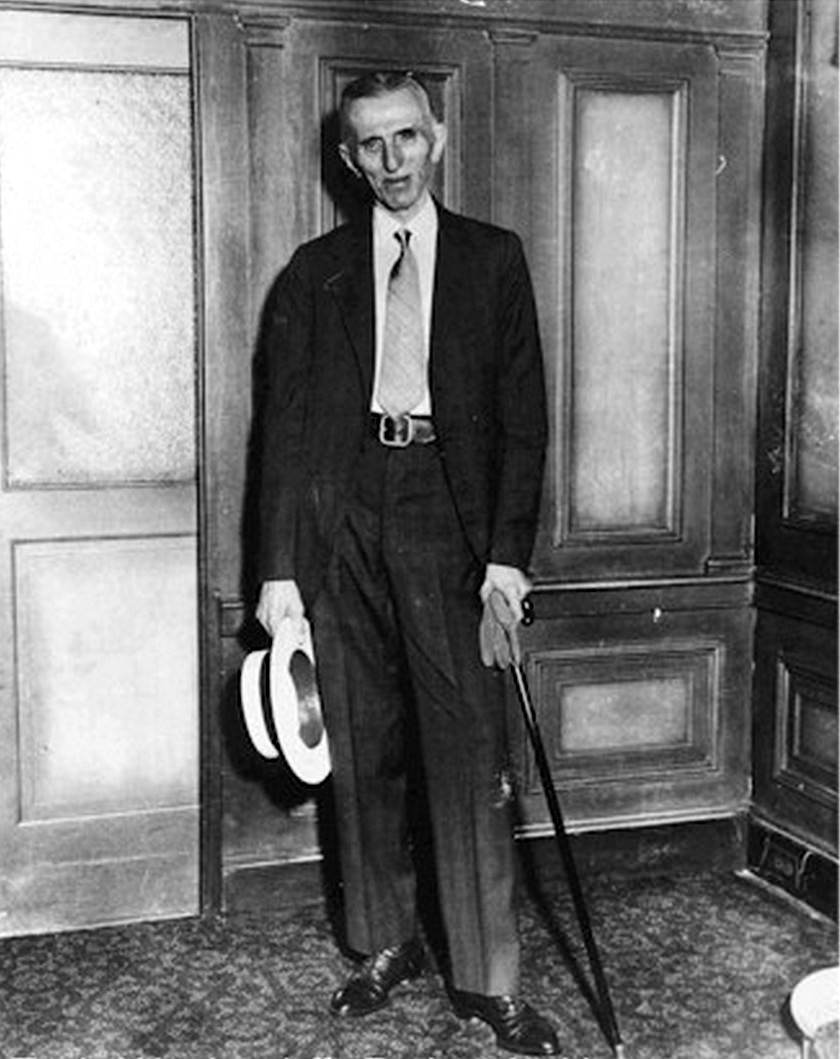



Great article. A lot of these photos i haven’t seen before.
Correction: Tesla first conceived the induction motor and rotating magnetic field 1882 (in Varosliget city park of Budapest). The year 1887 listed here was when he first patented it, which was after selling it to Westinghouse.